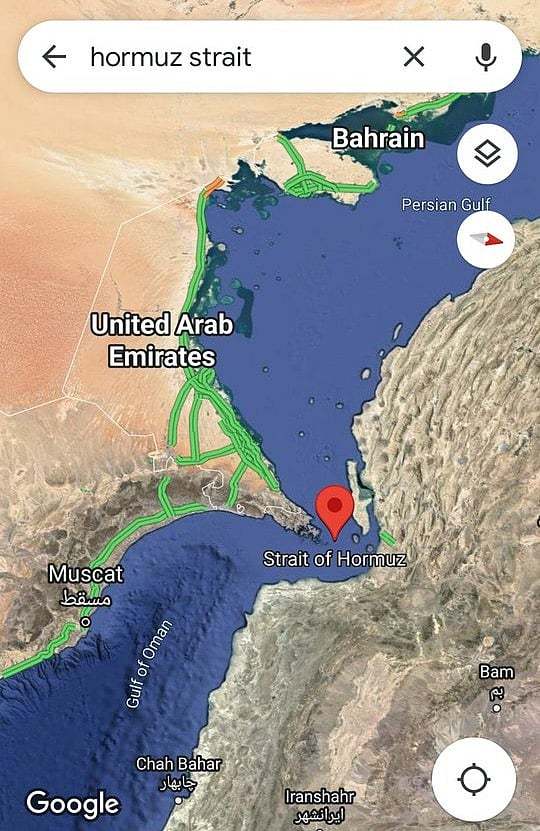
New Delhi: Iran is reportedly planning to close the Strait of Hormuz, one of the world's most vital oil shipping corridors, following the US airstrikes on three of its nuclear sites, Iranian media reported on Monday.
The move could severely disrupt global energy flows at a time when oil markets are already affected by the escalating regional tensions.

What Is the Strait of Hormuz & Why Is It Essential?
The Strait of Hormuz is a narrow but critical passage that connects the Persian Gulf to the Arabian Sea and the Indian Ocean. Though it stretches 33 km across at its tightest point, the actual shipping lanes are just 3 km wide in either direction, making the channel highly vulnerable to disruption.
The waterway is essential for transporting a fifth of the world’s oil and gas. Most oil exports from countries like Saudi Arabia, Iraq, the UAE, Iran, Qatar and Kuwait pass through this strait. Any attempt by Iran to close or block the route would immediately endanger these supplies.
In the past, the US and Europe were most exposed to any disruption here. But now it is Asia, especially countries like China and India, that would be hit the hardest if the strait were to shut down.
How will it affect India and oil prices?
For India, the Strait of Hormuz carries about 2 million barrels per day of crude oil out of the total 5.5 million barrels it imports daily. However, energy experts and officials say there is no cause for panic. India has spent the last few years diversifying its energy sources. Supplies from Russia, the United States and Brazil are readily available and would likely fill any short-term gap.
Russia’s oil supply routes are not linked to the Strait of Hormuz. Instead, they pass through the Suez Canal, around the Cape of Good Hope or via the Pacific. Even on the gas front, India remains largely unaffected. Its top supplier, Qatar, does not use the strait to ship LNG. Other key sources, like Australia, Russia and the US, are also geographically removed from this threat.
That said, oil prices could still react to the rising tension in the region. Analysts believe prices may shoot up to 80 dollars a barrel in the short term as global markets brace for uncertainty.